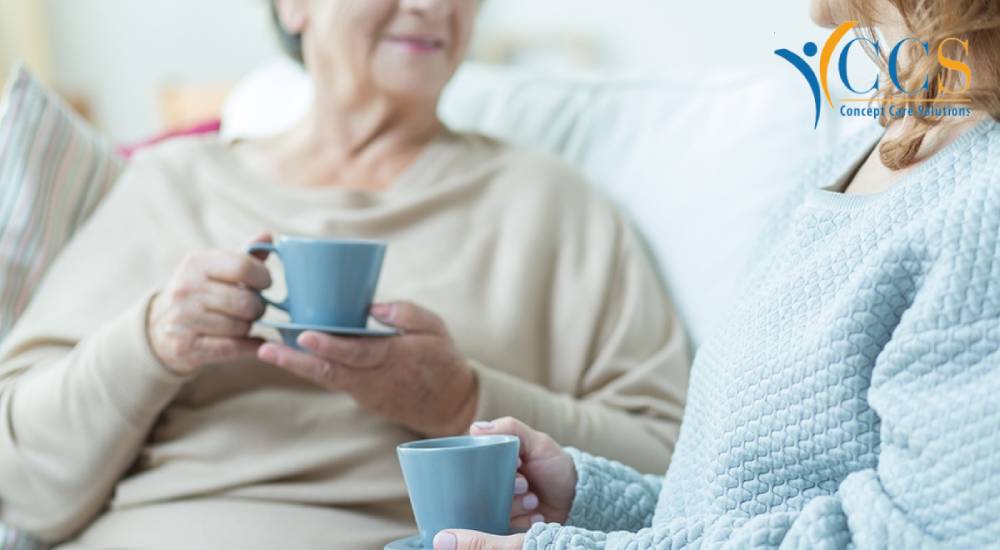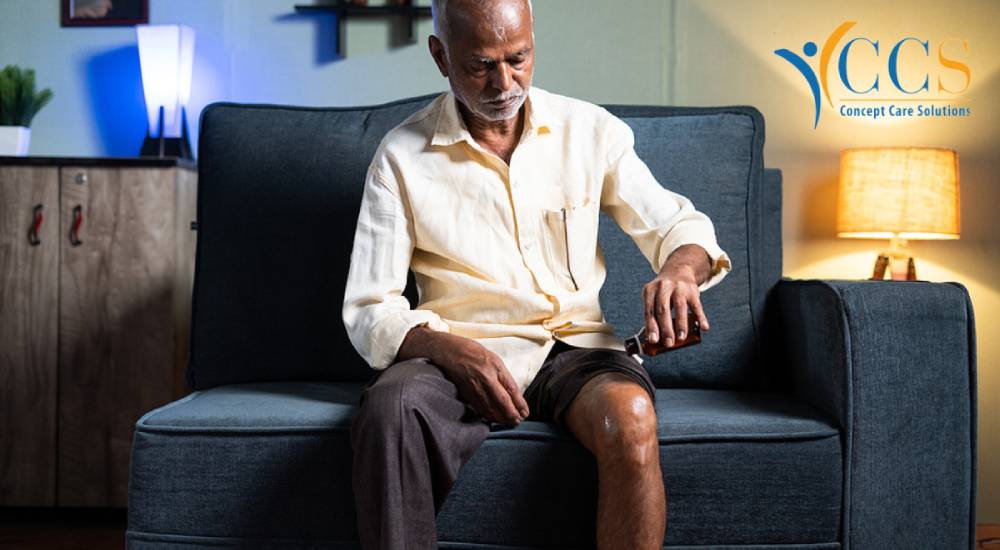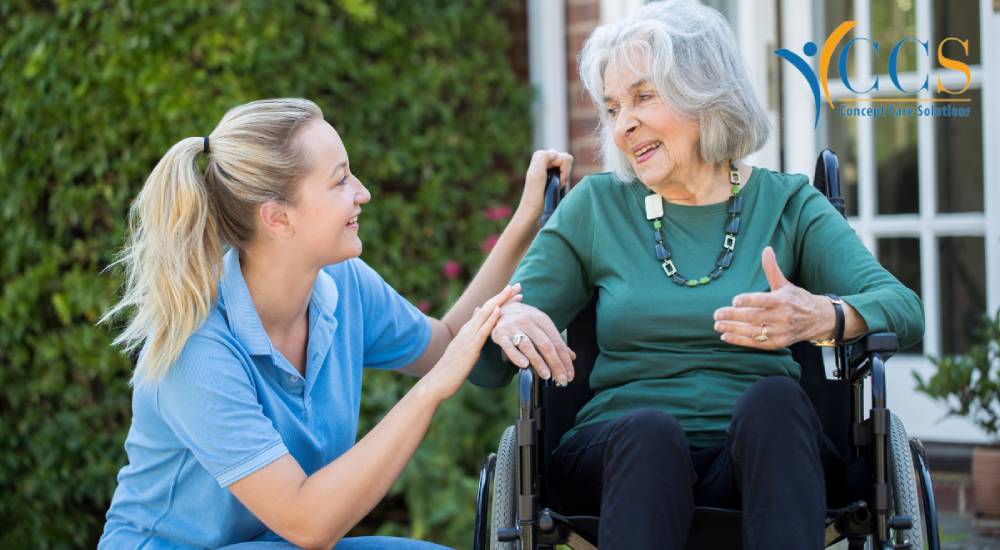Virtual Reality in a hospital?
Yes that may sound strange, but its true, so how can virtual reality help in hospitals? St George’s Hospital, located in south London, have recently been trailing a new method of using VR in hospitals. The virtual reality headset helps accelerate and expedite the healing process of physiotherapy trauma patients.
With the help of virtual reality devices, patients are playing games and completing virtual tasks. The emphasis of this process is the use of traumatised being utilised to complete the game or task using the VR’s motion controls. These movements are beneficial in the patient having a faster rehabilitation say physiotherapists. St George’s Hospital have trialled this new method on about 50 patients, with the hospital saying the results are promising.
Although not what you’d expect to see on a regular trauma ward, the patients at St George’s are finding the use of a specialised VR headset more helpful than that of standard physiotherapy. VR gets patients moving more and accelerates the healing process. The virtual reality headset comes with a variety of games and apps designed specifically for patients with limited movement. One of the games the hospital uses is a collection game, the goal is to pick fruits off the trees and put them into their respective bucket. The difference between VR games and a normal computer game, comes down to two things, the immersion and the controls. The hospital takes full advantage of the VR’s motion controllers to get patients moving their whole body’s, unlike a standard games controller that just required the movement of fingers and thumbs.
So How does VR help trauma patients?
The immersive nature of virtual reality allows users of the headset to be taken to new worlds and places without stepping outside of the hospitals care. The immersion of the headset comes from the lenses inside the headset, which create a sense of depth and 3D space right in front of your eyes. Combine the realistic virtual 3D environment with the motion controllers, which require full arm and hand movement and sometimes full body movement, and you have a device that takes patients away from reality for a few hours, while also helping them to improve their physical abilities. This also allows the nurses and physiotherapists to monitor the performance of a patient’s range of motion.
The virtual reality headset creates a barrier between reality and the patient. This can massively benefit a patient’s mental health, as staying in hospital can be quite the taxing experience, and for some patients it means being in hospital for multiple months until they recover. The barrier the VR creates lets the patients escape reality for a couple hours, while also improving themselves through physiotherapy while doctors and nurses keep track of improvements. The games being used by the hospital focus on stretching muscles in a non-intrusive way. With this process being repeated multiple times a week, it has shown significant improvements in the patients who have trialled it.
Virtual reality helps in hospitals
One patient of St George’s Hospital’s physiotherapy ward, Jack, has been trailing the virtual reality treatment. Due to a motorcycle accident, Jack sustained pelvic injuries which make it painful to sit down in certain ways, and difficult to support his own balance. The team at St George’s are working to combat this, they achieve this with the VR headset. Nurses sit Jack down in a comfortable position and give him the VR headset. The game inside the headset requires Jack to move to get the fruits and put them in the correct baskets. With the way nurses position Jack during his virtual reality experience, reaching for fruit in the tree causes his stomach muscles to stretch. This causes as slight discomfort as does any physiotherapy, but when repeated through multiple sessions it can significantly improve a patients range of motion.
Jack and other patients express the effectiveness of the VR experience. Normal physiotherapy treatment requires multiple sessions of muscle training in an attempt to restore them. In Jacks case, this means using a walker up and down the hospital hallways in an attempt to improve his balance. To some patients this can feel like a chore, being awoken at specific times to do something that causes discomfort. Although the virtual reality experience will still cause discomfort in patients, it is negated by the barrier that VR creates between reality and virtuality. For patients it feels less like a chore and more like a game, distracting them from the discomfort rather than the discomfort hindering the treatment.
The physiotherapists at St George’s Hospital hope to get more funding to further research in the area of virtual reality. I think VR has huge potential in medical applications, and is something I expect to see getting more recognition for its variety of applications in hospital environments not only with physical impairments but also with mental ones. I believe in the correct application, VR is more than just a game, it is a tool that could change many peoples lives for the better.





